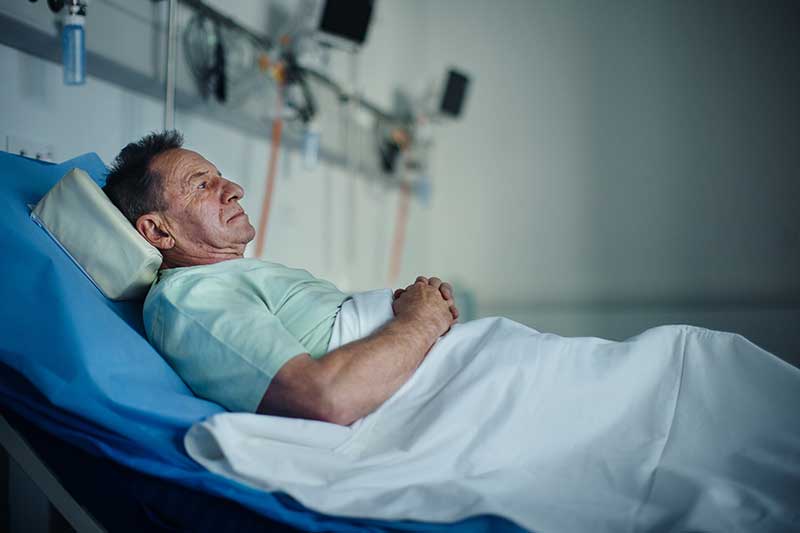Bedsores, also known as pressure ulcers or decubitus ulcers, are a prevalent but preventable issue in healthcare contexts. They occur when protracted pressure on the skin and subcutaneous tissues restricts blood flow, causing tissue damage. Patient positioning is fortunately one of the most effective methods to prevent pressure ulcers. In this blog, we will discuss the significance of proper patient positioning and provide healthcare professionals and caregivers with helpful advice.
Comprehending Bedsores
Before delving into prevention strategies, it’s crucial to comprehend what bedsores are and why they develop. Bedsores typically appear on the heels, hips, tailbone, and elbows, where the bones are near to the skin’s surface. When a patient is immobile for an extended period of time, the constant pressure on these areas can cause damage to the epidermis and underlying tissue. The problem can be exacerbated by friction and shear forces, making the epidermis even more susceptible.
The Importance of Correct Patient Positioning
Positioning the patient correctly is the cornerstone of bedsore prevention. By frequently adjusting a patient’s position and ensuring proper alignment, healthcare professionals and caregivers can reduce the risk of bedsores by relieving pressure on vulnerable areas, promoting blood circulation, and enhancing lymphatic drainage. Here’s how to do it successfully:
- Aim to reposition the patient at least once every two hours, depending on the patient’s condition and the healthcare setting. This serves to evenly distribute pressure and allows blood to flow to various parts of the body.
- Utilize Supportive Equipment: To cushion and protect bony prominences, use appropriate support surfaces such as pressure-relieving mattresses, foam padding, and pillows.
- Maintain Proper Body Alignment: Ensure that the patient’s body is properly aligned when seated or lying down. Utilize pillows or cushions to maintain neutral joint positions and support natural body curves.
- Maintain Skin’s Cleanliness and Dryness: Moisture increases the risk of skin disintegration. Maintain a spotless and dry patient’s skin to reduce friction and prevent moisture-related skin problems.
- Regularly inspect the skin for any symptoms of redness, discoloration, or skin breakdown, particularly in high-risk areas. The key to preventing bedsores from progressing is early detection.
- Encourage Mobility: If the patient is mobile or able to independently change positions, encourage them to do so. This can help prevent localized pressure development.
The conclusion
Preventing bedsores through appropriate patient positioning is a simple yet highly effective strategy that can make a significant difference in a patient’s comfort and well-being. These techniques must be diligently implemented by healthcare professionals and caregivers to reduce the risk of bedsores. By recognizing the causes of bedsores and the significance of regular repositioning, we can ensure that patients receive the care they require to remain healthy and comfortable during their recovery. Remember that the best method to treat bedsores is to prevent them from occurring in the first place, and positioning the patient correctly is a fundamental step in achieving this objective.







